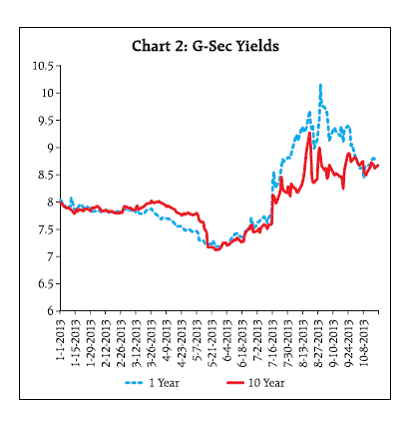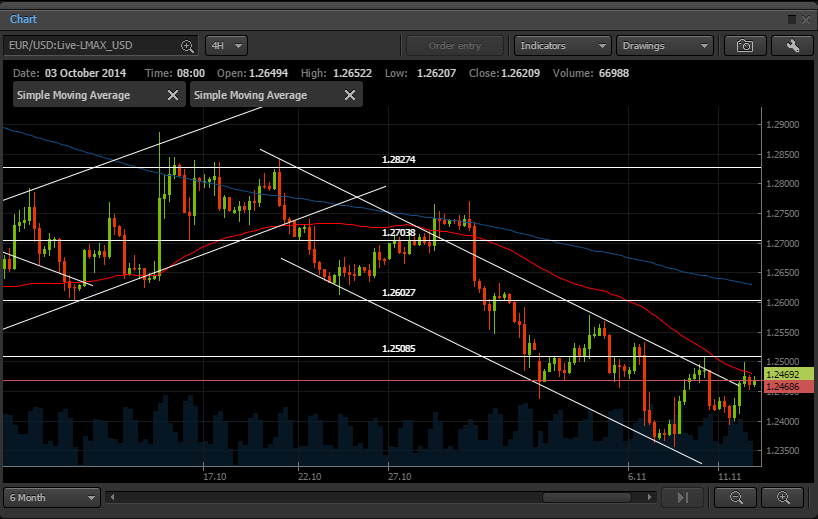Liquidity tightens volatility rises
Post on: 16 Октябрь, 2015 No Comment

Sarah Rundell
When Ben Bernanke mentioned tapering asset purchases, the world went crazy and he hasn’t even started,” says Andrew Clare.
How should pension funds in the United Kingdom best prepare for the government unwinding quantitive easing (QE) and tightening monetary policy? The Bank of England isn’t showing any signs of ending QE just yet, its policy begun in 2009 and designed to stimulate the economy by creating new money to buy government bonds. But QE looks likely to taper off in the US, where the Federal Reserve has bought $85 billion worth of US treasuries and mortgage bonds every month during its program. It’s a sign that the liquidity taps may be turned off in the UK too. “We don’t really know what to expect because we have never been in this situation before,” says City University London’s Cass Business School professor of asset management, Andrew Clare. “There is no precedent of a government coming out of the other side of a QE program, so being sure about what happens is difficult. But when Ben Bernanke mentioned tapering asset purchases, the world went crazy and he hasn’t even started,” says Clare, who also sits on the investment committee of the $6.3-billion GEC Marconi Pension Plan and the $4.7-billion Magnox Electric Group Pension scheme. Amid all the uncertainty, he says, investors can count on increased volatility once monetary policy begins to tighten and interest rates rise. Pension funds need to plan now how to best prepare fixed income assets affected by rising rates and volatility, and seek out asset classes that will hold a steady course through the volatility, according to Clare.
Rising yield curve, more illiquid assets
He believes the biggest question currently facing UK pension funds is timing at what point to hedge their inflation or interest rate risk as the yield curve rises. “There is a recognition that yields are going up as QE unwinds,” he continues. “The cost of hedging the risk has fallen, so the question pension funds have to ask themselves is this: do we let it run and benefit from high yields unhedged or say enough is enough, we can afford to hedge at this level and our primary job is to pay the benefits?” Although many funds have taken the opportunity of bond-yield rises to already put in place swap-based hedging strategies, he says further rises in the yield curve will trigger many more schemes to adopt the hedging strategies they have been waiting to put in place.
As volatility increases, Clare advises schemes to seek long-term illiquid assets. Rather than equities, he recommends investing in contractual fixed income-like assets with guaranteed cash flows such as infrastructure debt, real estate (like long-lease properties) and insurance-linked securities in which the income “will pay benefits over time.” He says that the offloading of these kinds of assets by banks in search of liquidity during the financial crisis offered opportunities for pension funds, although smaller funds with less to invest have struggled to access these opportunities. He adds that investing in these new asset classes has required greater governance, and schemes’ appetite for illiquid assets will always be limited.
Diversify and pay down liability

Diversification is also essential during times of volatility. “If pension funds get it right, diversification ensures a smoother ride in normal times and allows schemes to plan more carefully,” he says. “Diversification was the main lesson from the financial crisis when everything fell – apart from government bonds.” He believes that there is no obvious evidence that active strategies pay off and that the historic performance of private equity is “very poor” unless pension funds access the “very top” tier of private equity funds. He says asset allocation is much more important than any manager selection and advises pension funds to put “all the emphasis” on reducing liabilities. “Liabilities are a negative asset. They are the largest single position pension funds hold and they have to get this right first,” he says.
For investors adopting strategies to cope as QE is unwound, Clare’s message is prepare for volatility. It’s guaranteed even if unwinding is slow and even if it doesn’t actually end for good, which he lists as another possible outcome. It’s a scenario Clare flags up as possible if the UK economy, on a slower recovery trajectory than the US, proves unable to cope with rising rates. “QE could come back,” he says.














